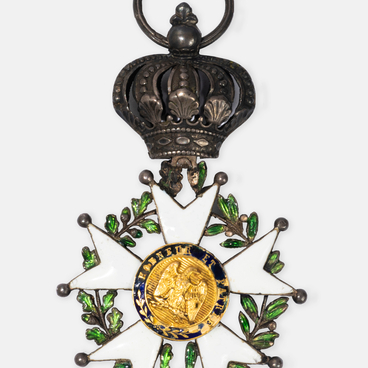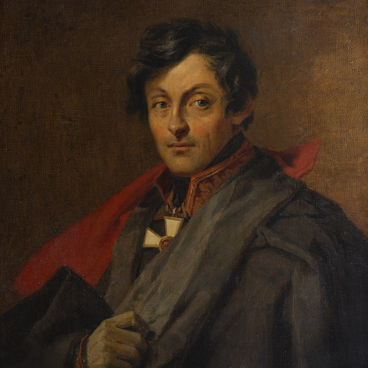The Order of the Legion of Honor was established by the first Consul of France, Napoleon Bonaparte, on May 19, 1802. This badge became the main and only state award of France at that time. It replaced the previous orders that existed under the monarchy and were abolished after the French Revolution.
Napoleon based the award on medieval knightly orders. It was supposed to unite the members of the “legion” who were accepted into it for their services to the country, which included both military exploits and various achievements beneficial to the country.
At the head was Napoleon himself, the Grand Master. The prestige of the Legion of Honor was so high that it was not abolished even after the fall of Napoleon and the Bourbon Restoration in 1814. For the past two centuries, this badge has remained the main state award of France.
The order is awarded not only to French citizens, but also to foreigners. After the Treaties of Tilsit, Napoleon himself granted the highest class of the order to Emperor Alexander I and several Russian diplomats and courtiers. The famous Don Ataman Matvei Ivanovich Platov refused to accept the Napoleonic order at that time.
Later, the highest class of the order was awarded to Emperor Alexander II, Marshal of the Soviet Union Georgy Konstantinovich Zhukov, Presidents of Russia Boris Yeltsin and Vladimir Putin. Many Russian and Soviet military leaders, diplomats, cultural figures and scientists were awarded lower classes of the order.
The Order of the Legion of Honor is divided into three ranks and two special dignities, which are usually awarded sequentially, although a higher class can be granted for special merits. Holders of two special merits, in addition to the badge of the order, also wear the star of the order.
The museum displays a star of the Officer class. It is a ten-pointed star on top of a five-pointed star. In the center of the star is a medallion depicting the imperial eagle with a scepter. This was the coat of arms of Napoleonic France.
The medallion is bordered by the inscription in French HONNEUR ET PATRIE, meaning “Honor and Fatherland”. Modern-day stars, like the order insignia, are metal and minted, but in the 18th — first half of the 19th century they were sewn. This star is also embroidered in silver thread.

